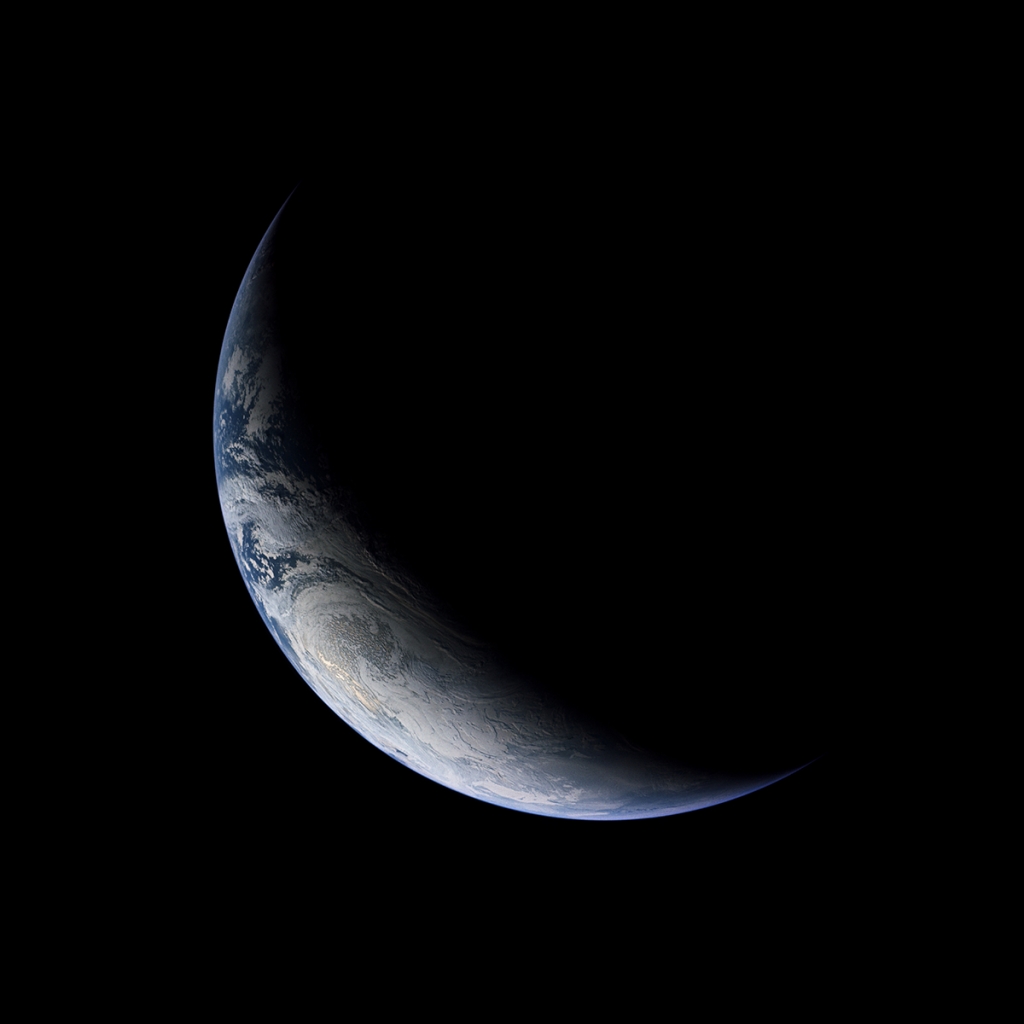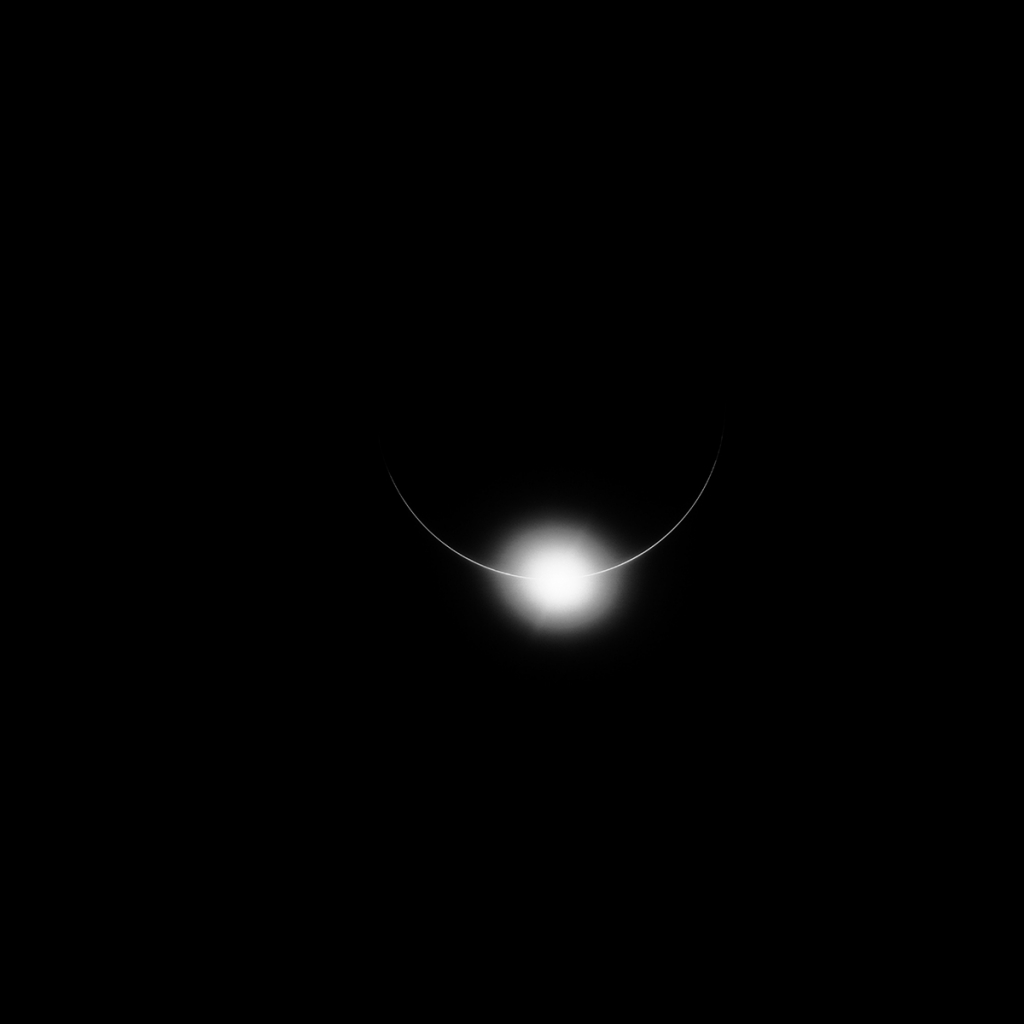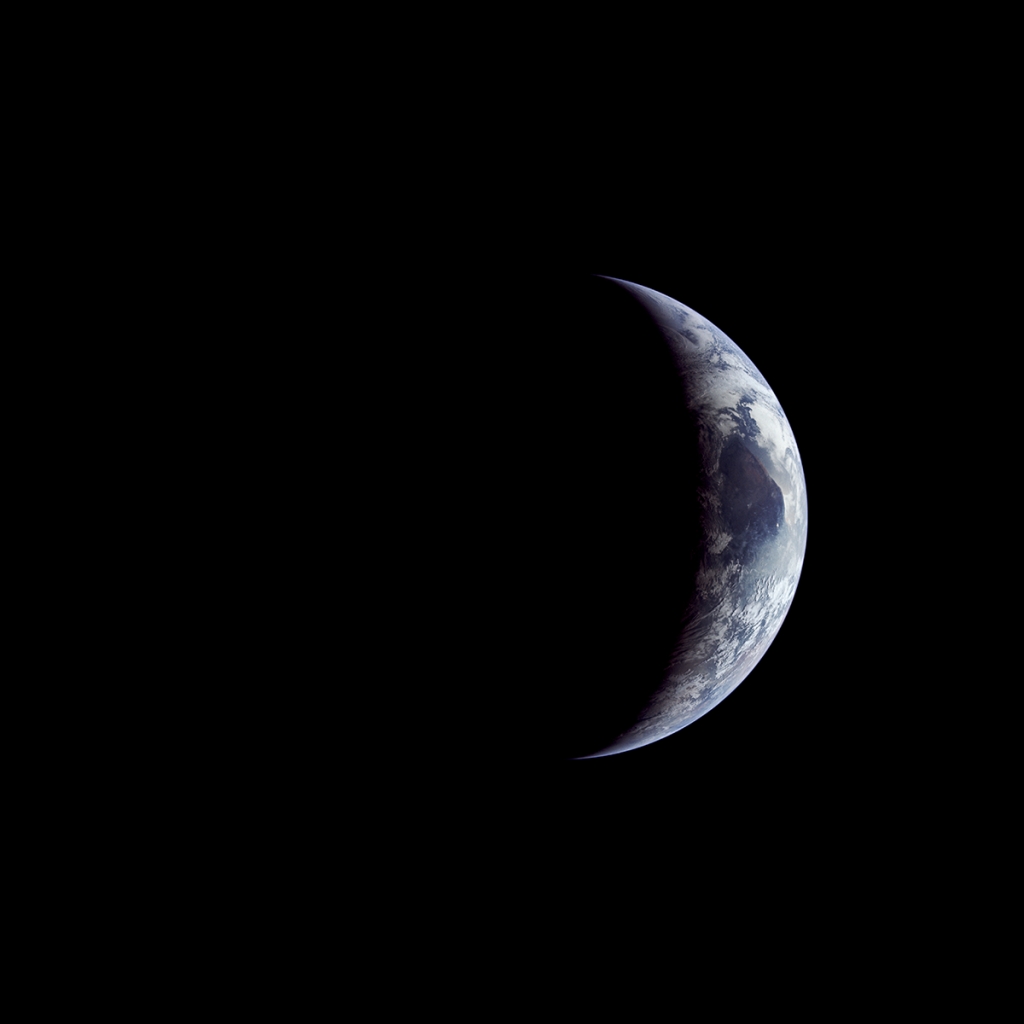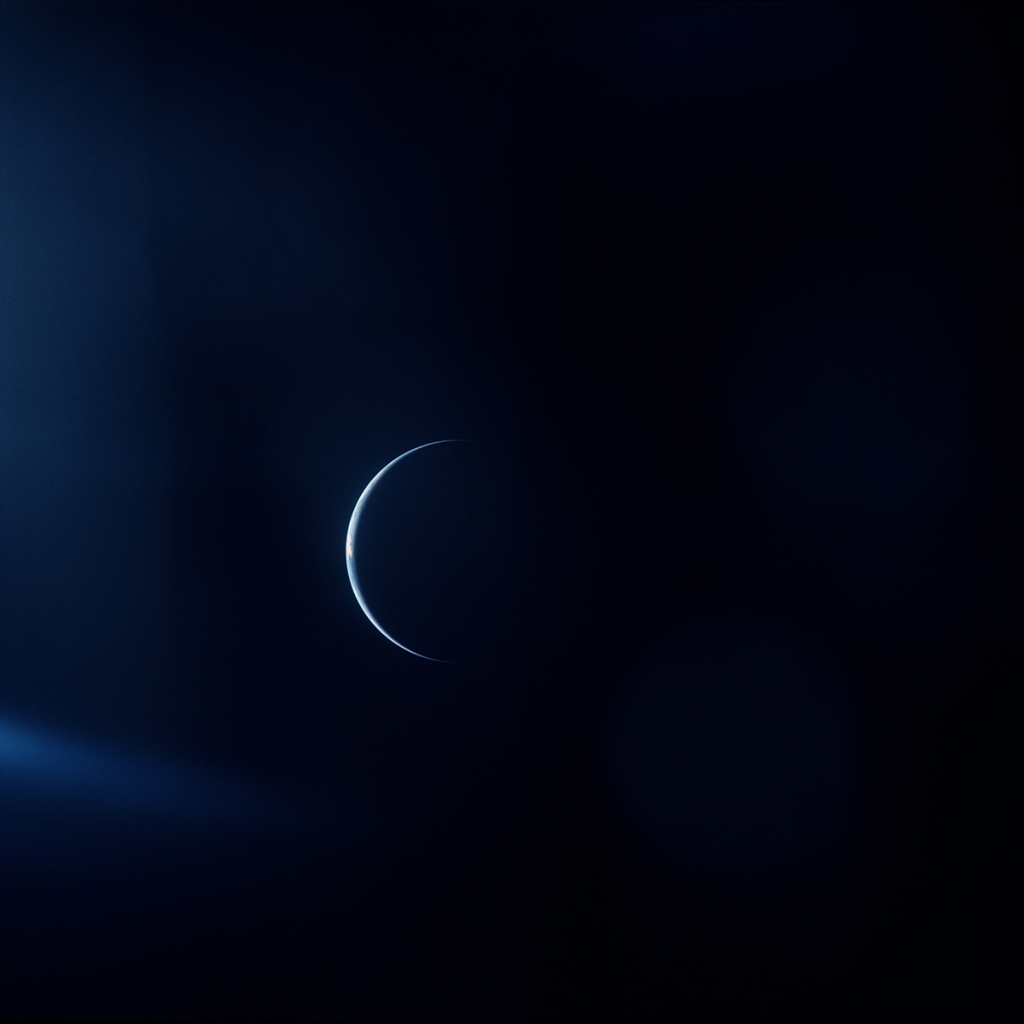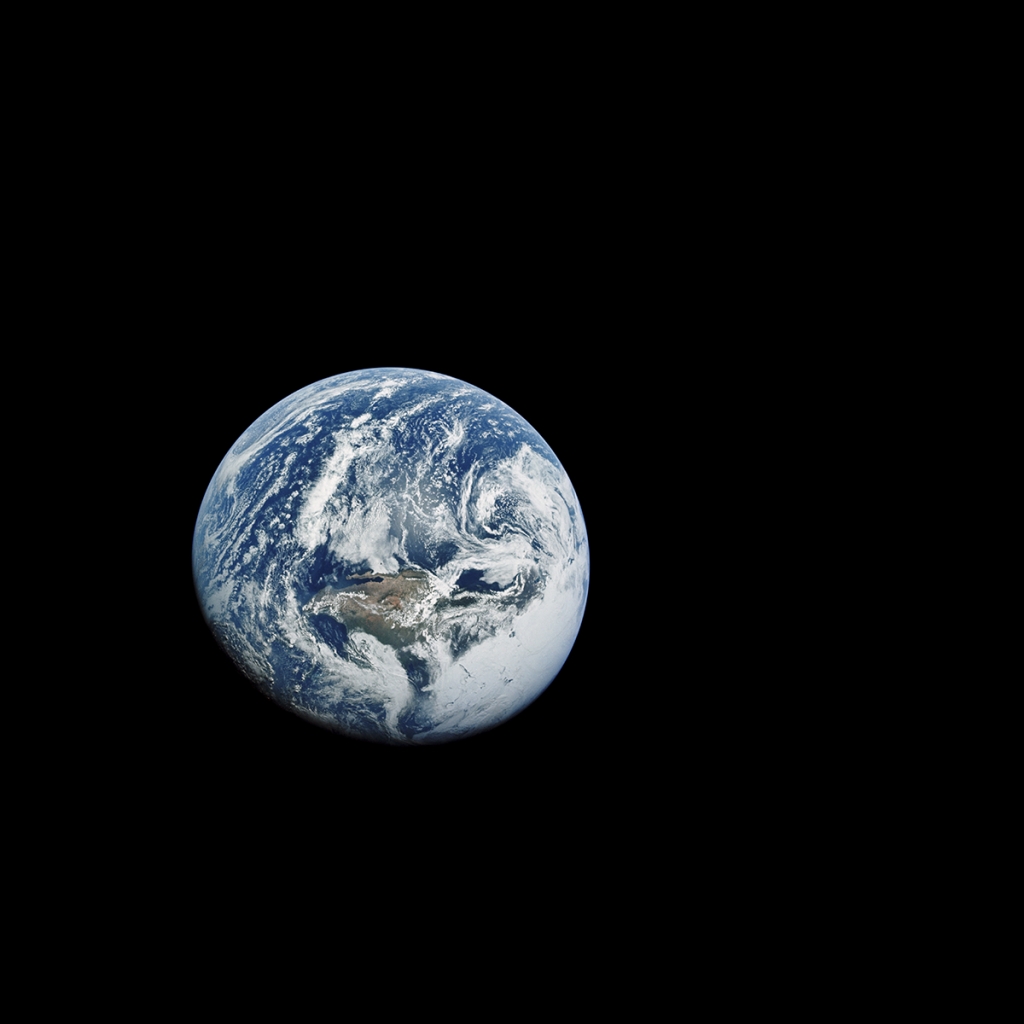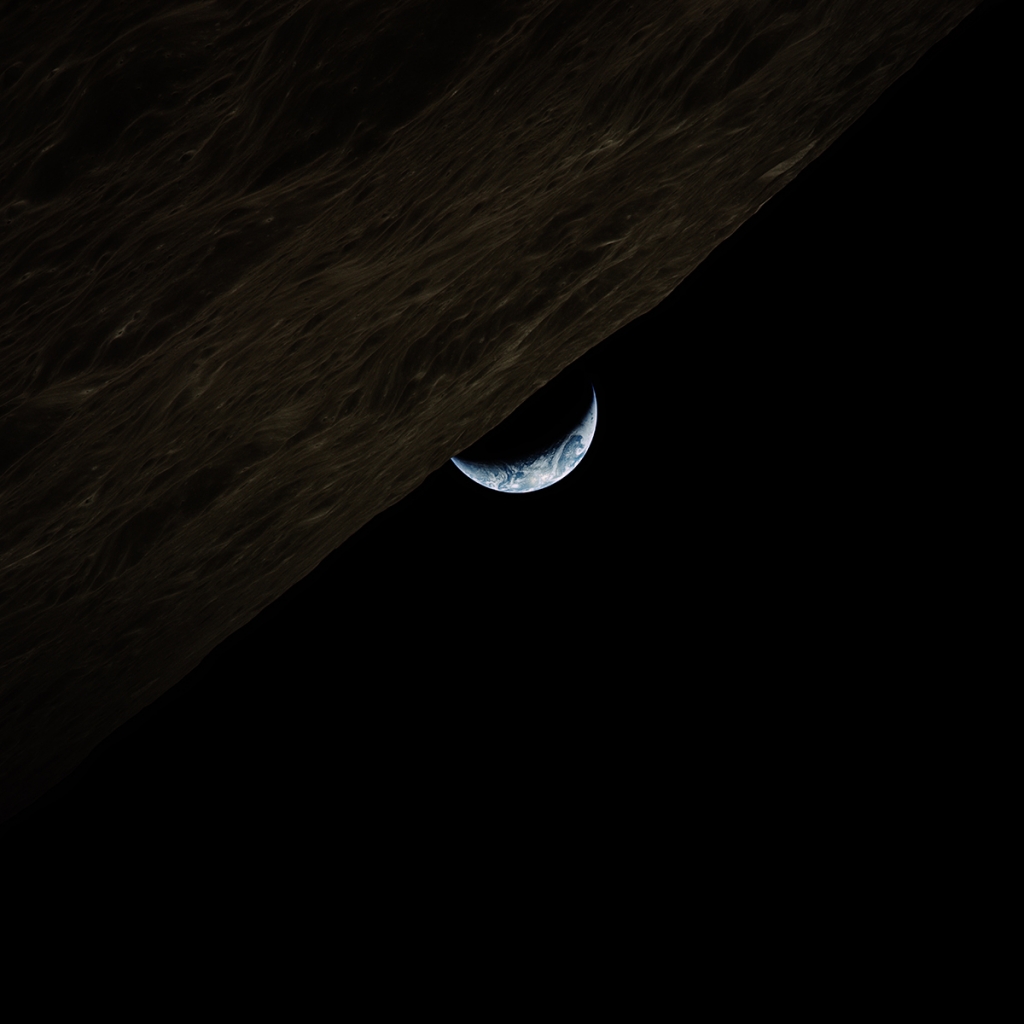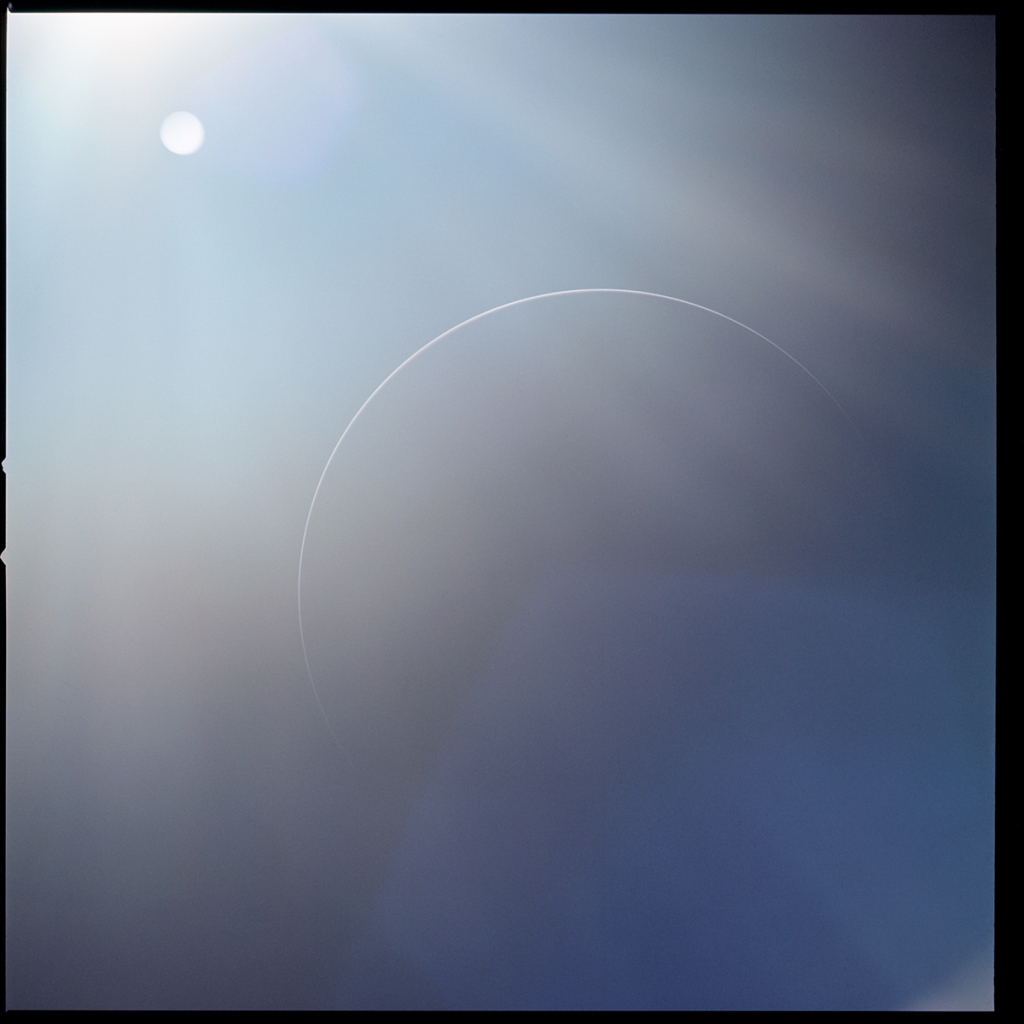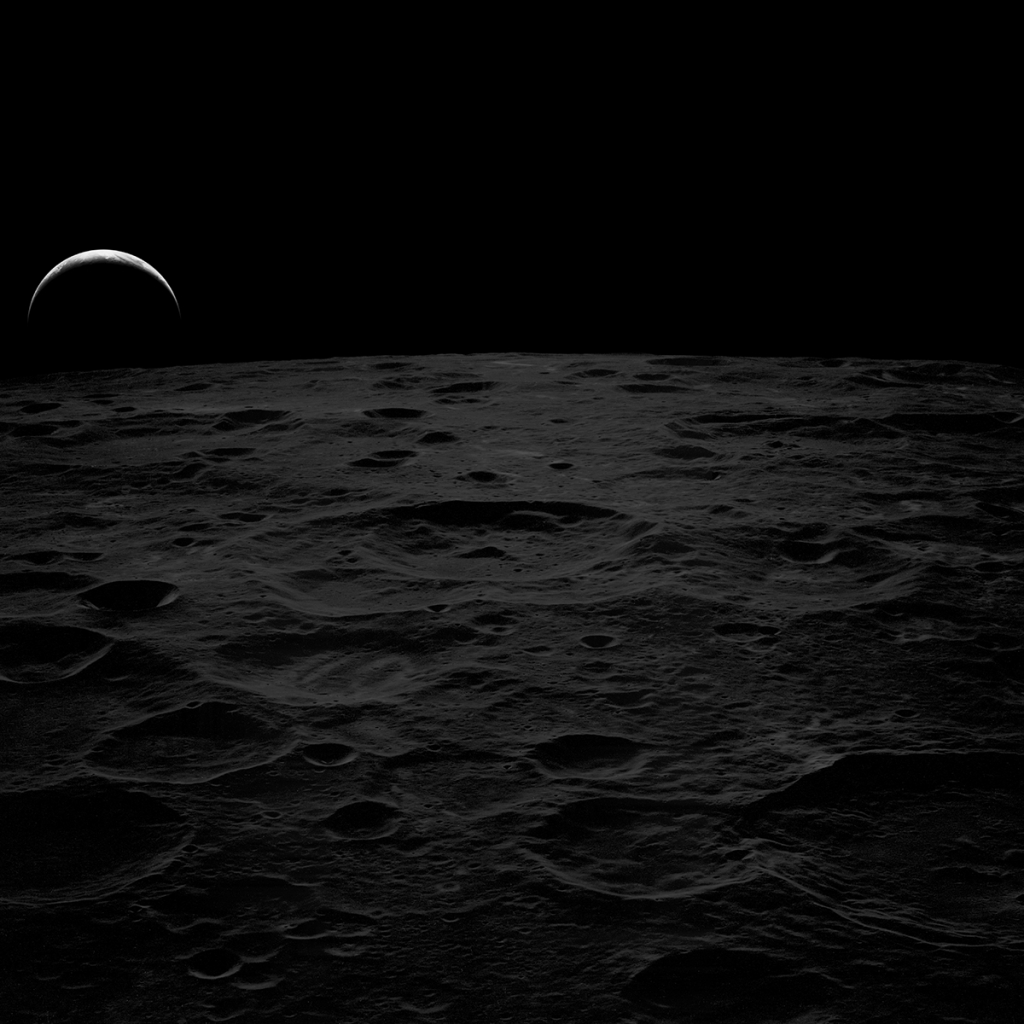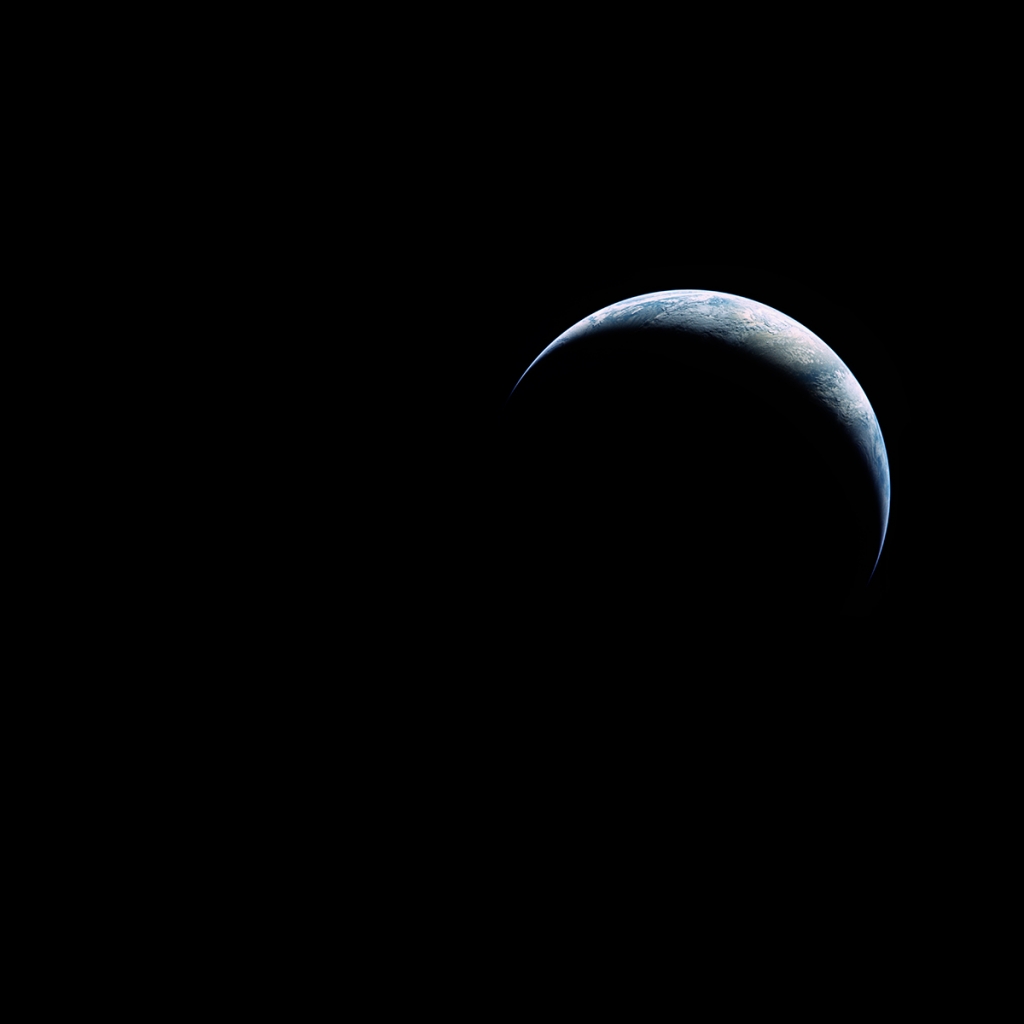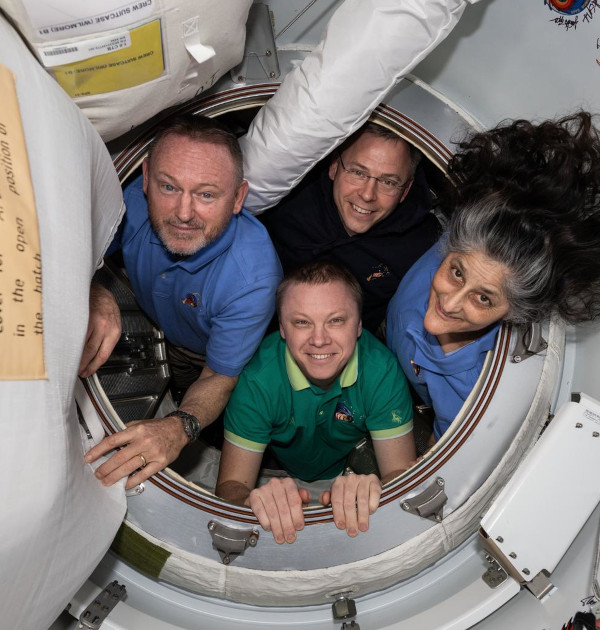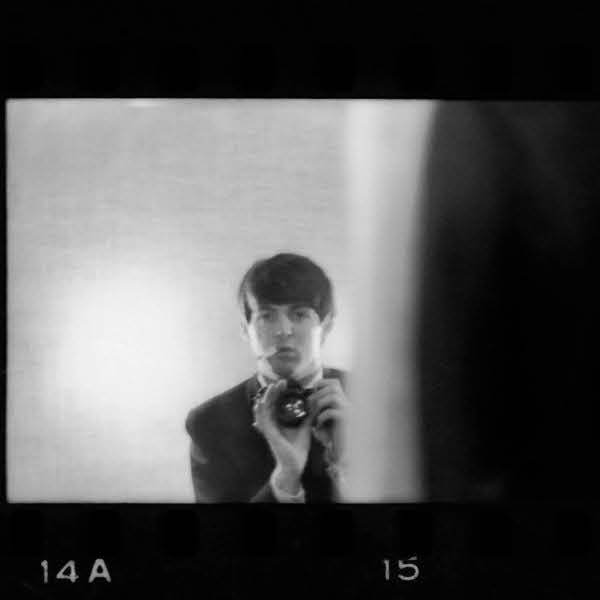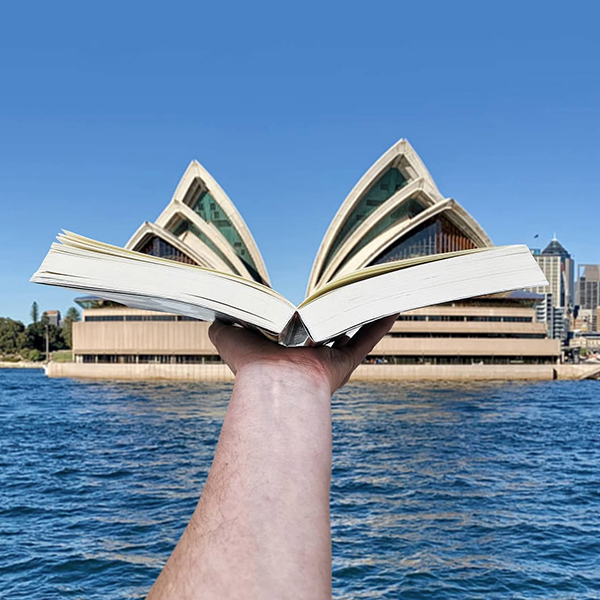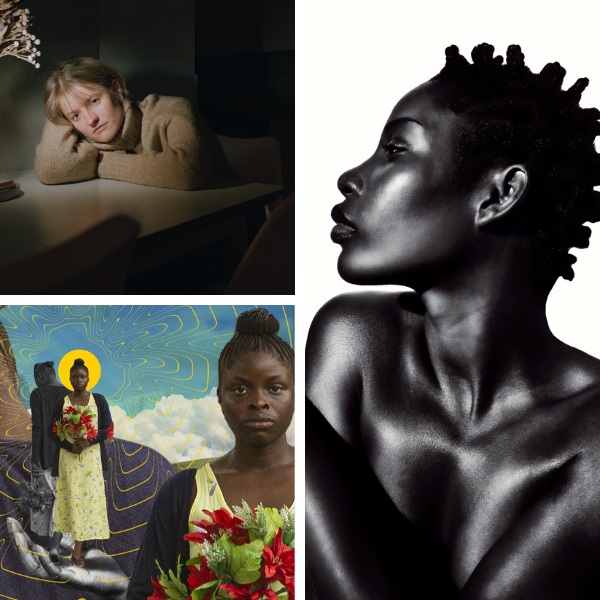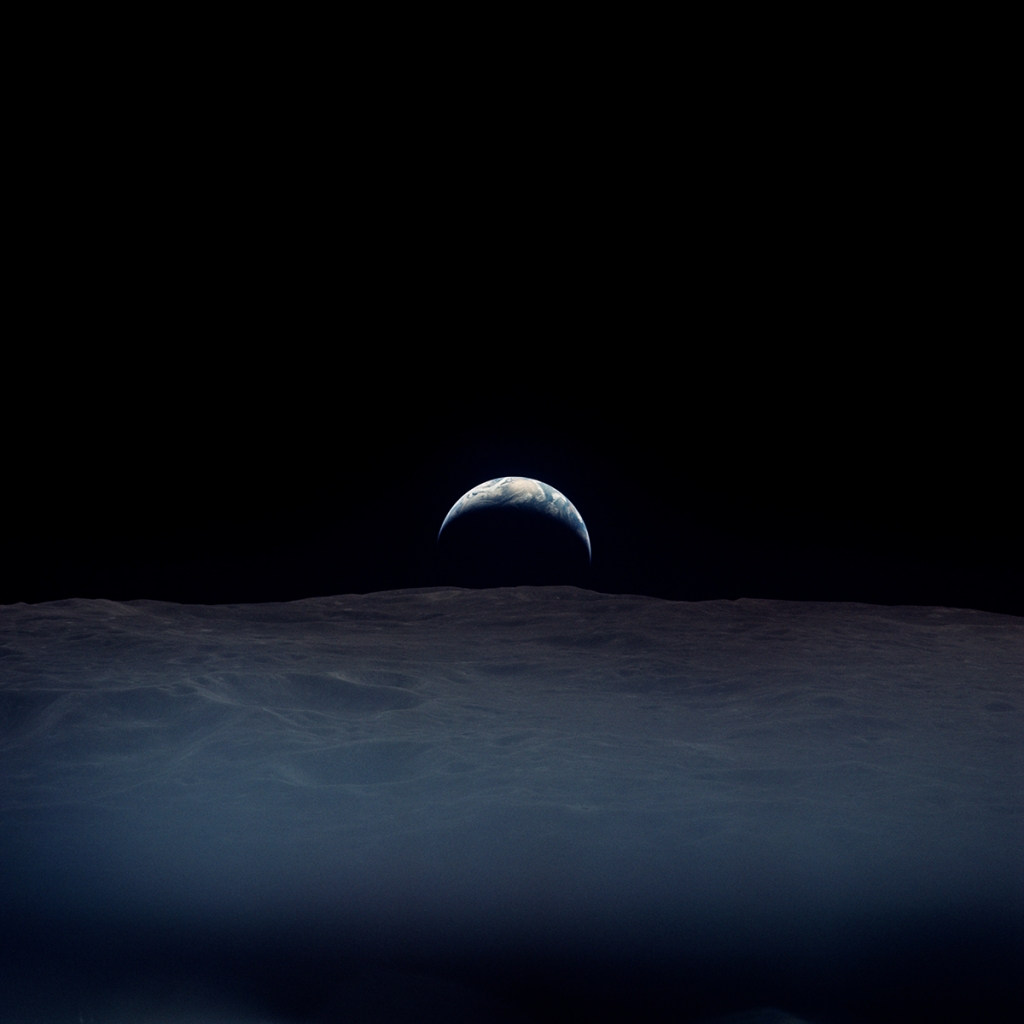
The Earth rises over the surface of the moon. Taken by astronaut Richard Gordon, Apollo 12, November 19, 1969. (Photo: NASA, scan via ASU, digital restoration by Tony Ord)
Most of us are accustomed to sunrises, however precious few people have ever had the chance to watch an “Earthrise.” In the 1960s, the astronauts jettisoned towards the Moon found themselves looking back at their home planet. Bill Anders, of the Apollo 8 mission, snapped the first images of an Earthrise as seen from lunar orbit. He later said, “We came all this way to explore the moon, and the most important thing is that we discovered the Earth.” Now a new generation can rediscover the Earth through the stunning film images by Anders and other astronauts; Earth Restored is a series of these NASA images painstakingly digitally restored by philosopher Toby Ord.
Ord encountered the images taken from the Apollo voyages of the 1960s and 1970s during his search for a true picture of the full Earth from space. The cameras at the International Space Station cannot capture all of Earth's circumference, as they are too close. Other spacecrafts which journey far enough away do not generally have cameras equipped for such a cinematic (rather than scientific) shot. As he discovered these facts, Ord turned to the medium of film—specifically the images taken by the Apollo astronauts, the only humans to go beyond low-Earth orbit.
These NASA images are publicly available, but the originals are stored in NASA's archives. Luckily, high-resolution scans were generally available. However, as with many film scans, the files showed flaws of exposure and color casts which dulled the beauty of the originals. The original shots were taken by a specially designed Hasselblad 500EL with a Zeiss Sonnar and Planar lenses. The cameras used Kodak film—Ektachrome for color and Panatomic-X for black and white. Ord set to work—adjusting white balances, black points, and cleaning up dust and scratches—all while staying true to the Earth.
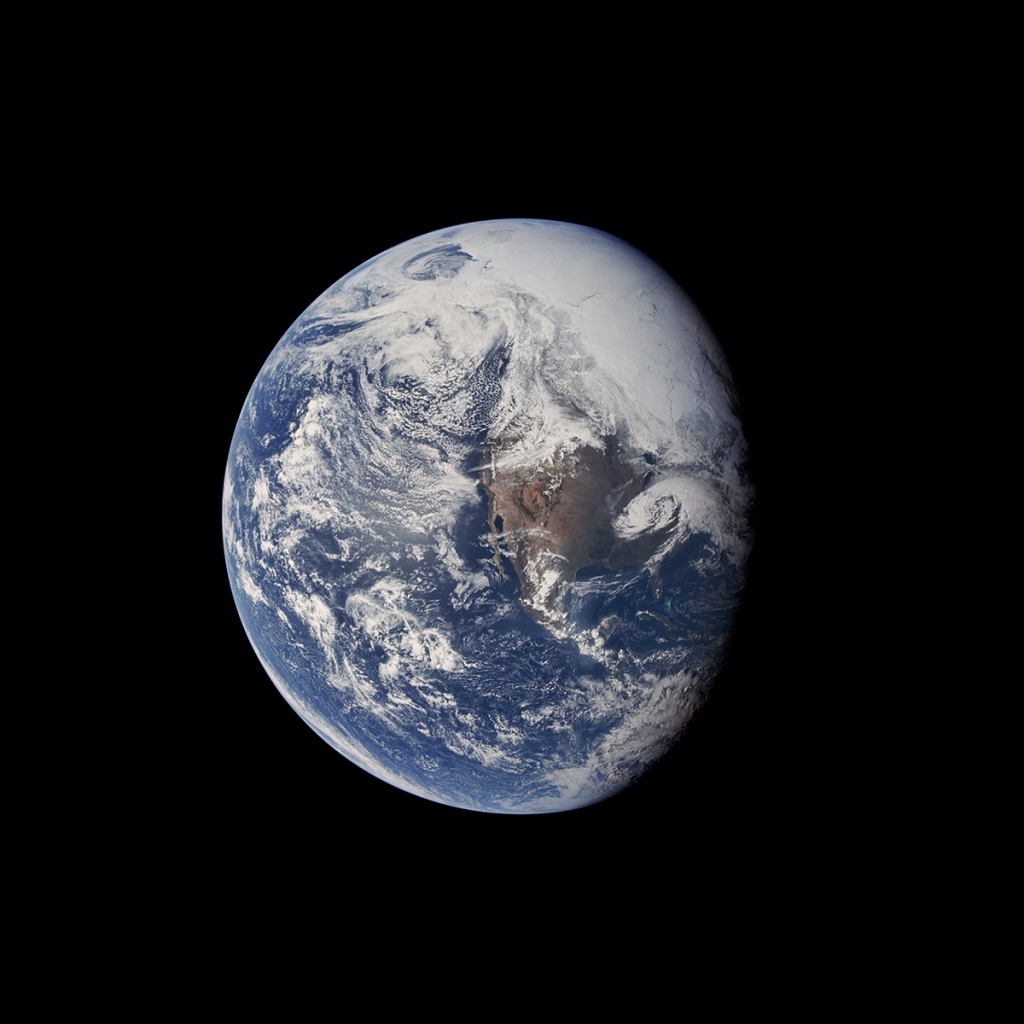
The resulting Restored Earth scans are as beautiful and awe-inspiring as they were when the images excited the masses over 50 years ago. Ord—a philosopher and senior research fellow at Oxford University—immortalizes the impact the Apollo images had. He highlights the importance of the Apollo images as both historic and geographic record—as well as art. “I don’t think of the original film itself as the artwork,” Ord admits to My Modern Met, “but it is a (somewhat) objective record from which an artwork is created. In developing the film and making a print, one faces many additional choices of interpretation—such as the exposure, contrast, and white balance. If there were already canonical great reproductions, I would have focused on reproducing those with a bit more resolution and dynamic range. But there often weren’t, so I was faced with making some of these choices on my own.”
From space, Earth seemed beautiful, fragile, and worth protecting. Ord explains, “I decided my role wasn’t to create startling new interpretations of the images—to make my own mark—but to be relatively conservative and stay as true as I could to what the scene would have looked like, and what the photographer was trying to capture. For example, they still have the look of film, not the smoothness or high saturation that we can get with digital images. I thus see these as preserving the identity of the photographs: as restorations, not reinterpretations.”
In his philosophical work, Ord focuses on concepts of risk and effective altruism. He is a founder of Giving What We Can, an organization dedicated to promoting efficient charity.
Philosopher Toby Ord decided to restore NASA's film images of Earth taken by astronauts on the Apollo missions in the 1960s and 1970s.
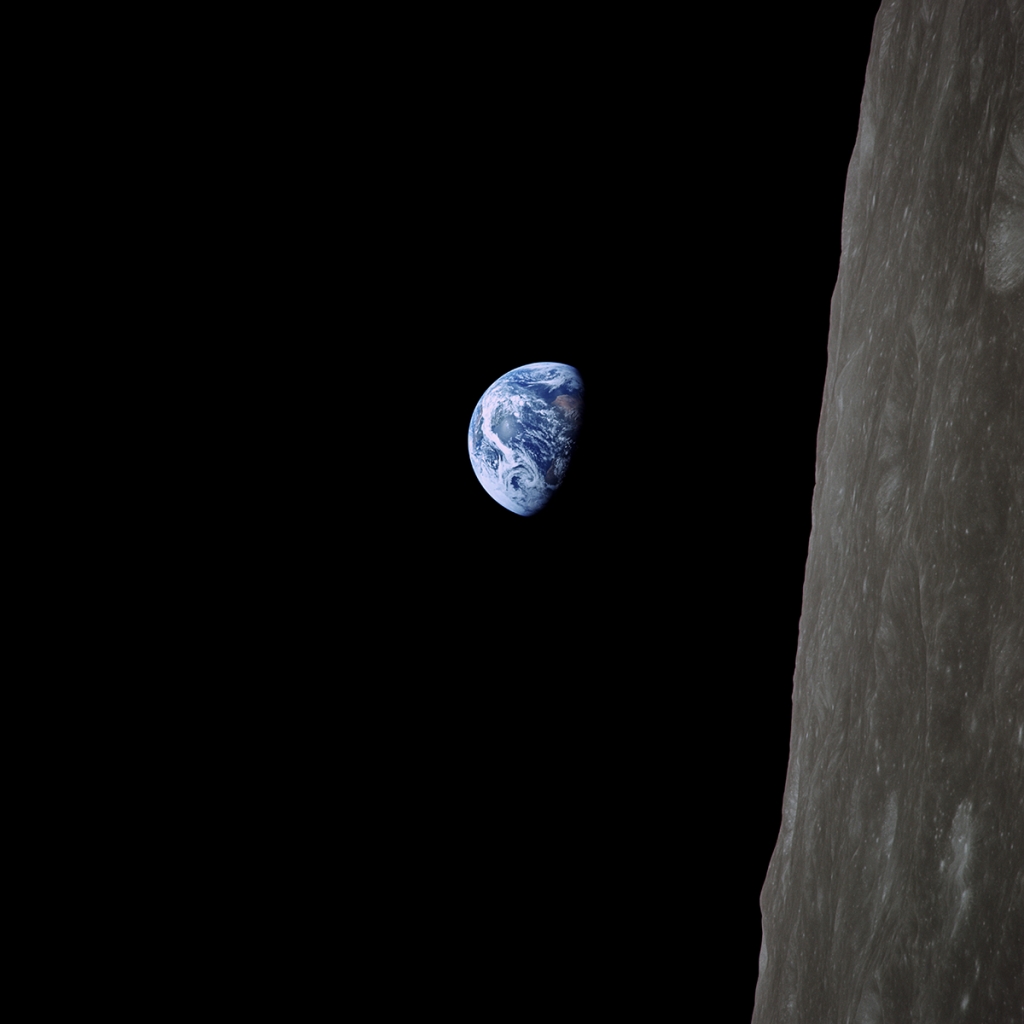
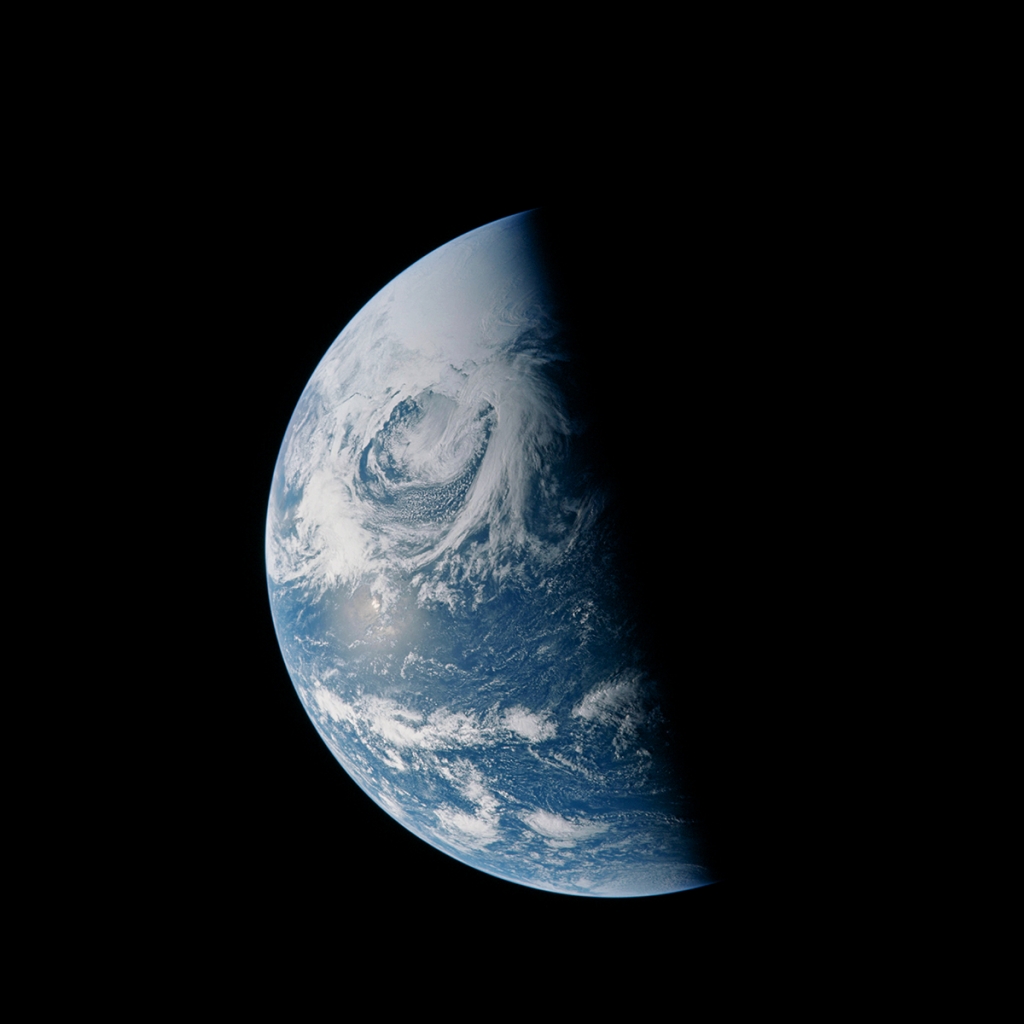
Earth Restored is a series of these beautiful images, brought back to their full glory.
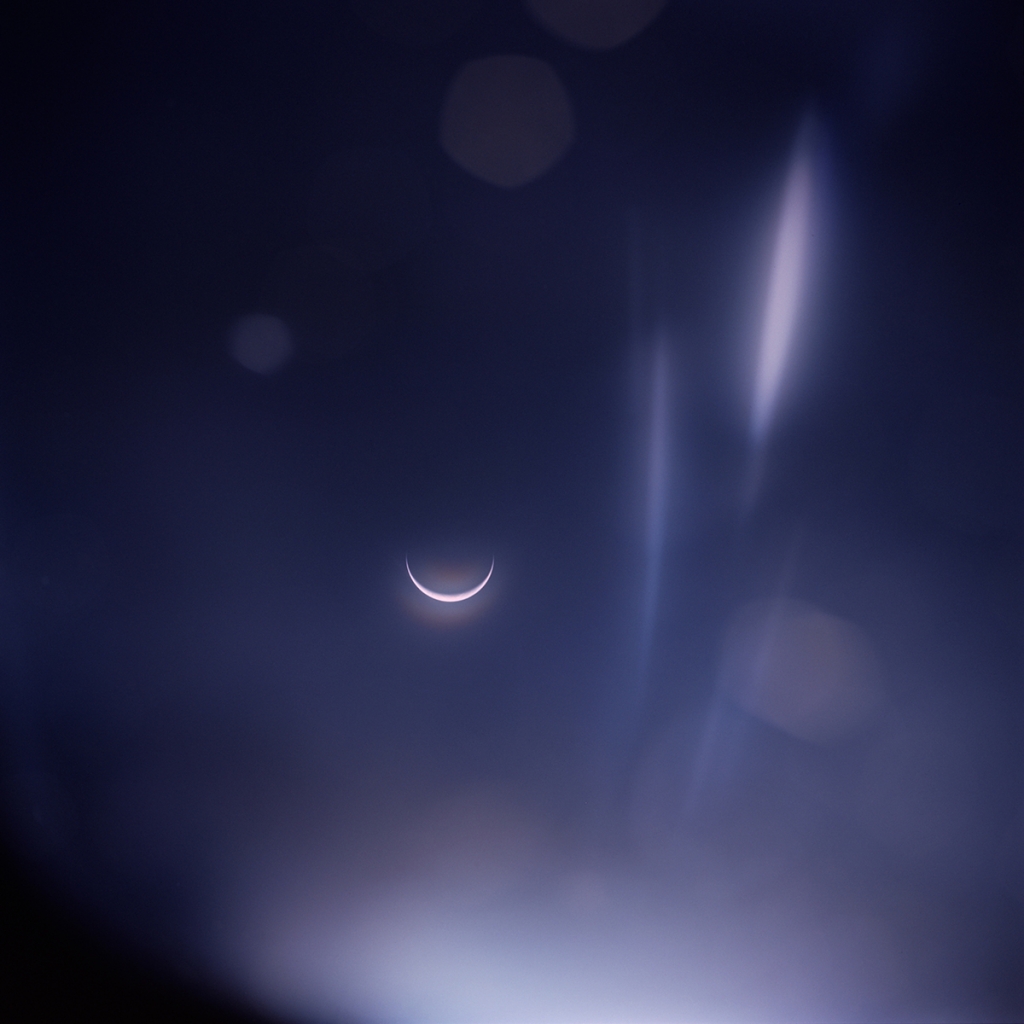
When taken, these images impressed upon the world the beauty and fragility of our planet compared to the vastness of space.

From Earthrises to eclipses, these images are enough to remind anyone of the importance of protecting our planet and its future.
